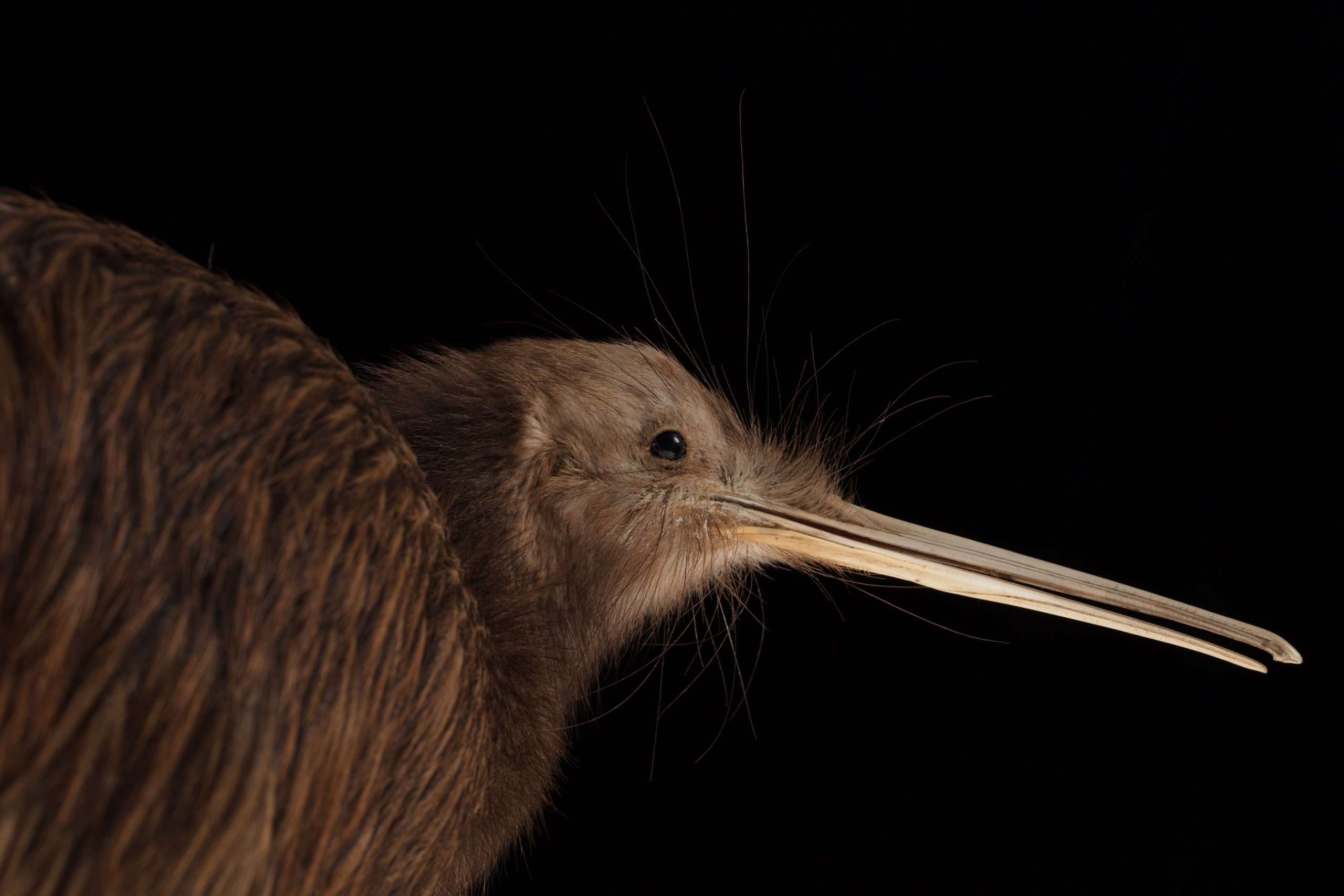– The basic anatomy and physical characteristics of the kiwi bird
– Kiwi habitat: distribution and environmental preferences across New Zealand
– Threats facing the kiwi bird and conservation efforts to protect them
– The kiwi bird in Maori culture and New Zealand identity
– Behavioral traits and the unique reproductive cycle of the kiwi bird
The kiwi bird, often seen as a national symbol of New Zealand, represents an essential part of the country’s natural heritage and biodiversity. Despite its symbolic status, many aspects of its life and challenges remain less understood to the wider public. This article aims to shed light on the kiwi bird, focusing on its anatomy, habitat, threats, cultural significance, and unique behaviors, all anchored in current scientific research and conservation knowledge.
The Kiwi Bird’s Anatomy and Physical Characteristics
Characterized by their small eyes, long beaks, and brown, hair-like feathers, kiwi birds defy the typical bird blueprint. Unlike other birds, kiwi birds are flightless, largely because their wings are extremely small and lack the muscle attachment necessary for flight. Their nostrils, positioned at the tip of their beak, a rarity among birds, give them an exceptional sense of smell. They rely on this sense and their sharp hearing to navigate and forage in their environment, mainly at night.
Kiwi Habitat: Distribution and Environmental Preferences across New Zealand
Kiwi birds are endemic to New Zealand, occupying various habitats, from dense forests to scrublands. Historically spread across the North and South Islands, their numbers have drastically declined, leading to a more fragmented distribution. Their ideal habitats are rich in dense underbrush, providing shelter and a supply of invertebrates to feed on. Conservation efforts have included habitat restoration and the creation of protected areas to assist in the survival of kiwi populations.
Threats Facing the Kiwi Bird and Conservation Efforts to Protect Them
The main threats to kiwi birds include habitat destruction, predation by introduced species such as dogs, cats, and stoats, and human-induced accidents. In response, a wide array of conservation initiatives has been implemented. These include predator control programs, breeding and release efforts, and community education to foster coexistence with these nocturnal birds. The Department of Conservation in New Zealand is crucial in coordinating these efforts to halt the decline of kiwi populations and ensure their long-term survival.
The Kiwi Bird in Maori Culture and New Zealand Identity
For Maori, the indigenous people of New Zealand, the kiwi bird holds considerable cultural significance. It is often used in art, folklore, and names, symbolizing traits such as loyalty and strength. Beyond its importance to Maori, the kiwi bird is a national icon for all New Zealanders, symbolic of their connection to the natural environment and their commitment to its preservation.
Behavioral Traits and the Unique Reproductive Cycle of the Kiwi Bird
Kiwi birds exhibit fascinating behaviors, most notably monogamous long-term pair bonds. Partners communicate via a series of vocalizations, particularly during the breeding season. Unlike other bird species, Kiwi birds lay one of the largest eggs about their body size. This large egg size results in a long incubation period, during which both parents may share the responsibility of keeping the egg warm. Following hatching, Kiwi chicks are precocial, relatively mature, and mobile from birth.
In sum, the kiwi bird is more than just a national symbol for New Zealand. It is a unique species with specific characteristics that require dedicated efforts for their preservation. By understanding more about their anatomy, habitat, the threats they face, and their role in New Zealand’s culture and ecosystems, we can better appreciate these remarkable birds and the importance of conserving their place in the world. Initiatives geared towards their conservation benefit the Kiwi and reinforce broader environmental stewardship and biodiversity protection efforts across New Zealand.

